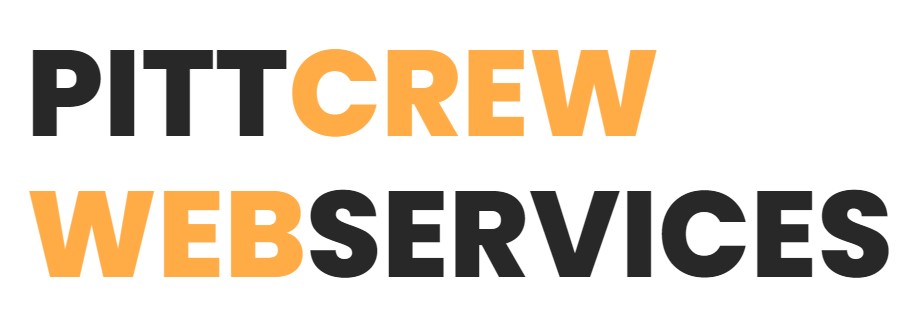Website page speed is a critical element of overall user experience and search engine optimization (SEO). It is a measure of how quickly a website loads and responds to user requests. Google has stated that page speed is a ranking factor in its search algorithm, which means that faster websites are more likely to rank higher in search results.
There are several ways to optimize page speed, including:
- Compressing images and other large files: This can significantly reduce the size of a page and speed up load times.
- Minimizing HTTP requests: The more requests a page makes, the longer it takes to load. Minimizing requests can speed up a website.
- Using a Content Delivery Network (CDN): A CDN distributes a website’s content across multiple servers, which can speed up delivery to users.
- Enabling browser caching: Browser caching stores a copy of a website’s resources on a user’s device, so that they don’t have to be downloaded each time the user visits the site.
- Optimizing code: Clean, well-written code can also help to speed up a website.
- Using a faster hosting service: A faster hosting service can provide faster load times for a website.
- Reducing the number of redirects: Each redirect on a page adds to the time it takes to load the page.
- Using a tool like Google PageSpeed Insights to identify specific issues that are slowing down a website, and then addressing those issues.
- Leveraging browser pre-rendering and pre-loading features, which allow a website to load resources in the background, before they are actually needed.
- Using newer web technologies, such as HTTP/2, which can speed up the transfer of data between a website and a user’s device.
Implementing these techniques can significantly improve page speed, and in turn, improve the user experience, and help increase the visibility of a website in search engine results pages. However, it is important to note that page speed optimization is an ongoing process, as new technologies and best practices continue to evolve

